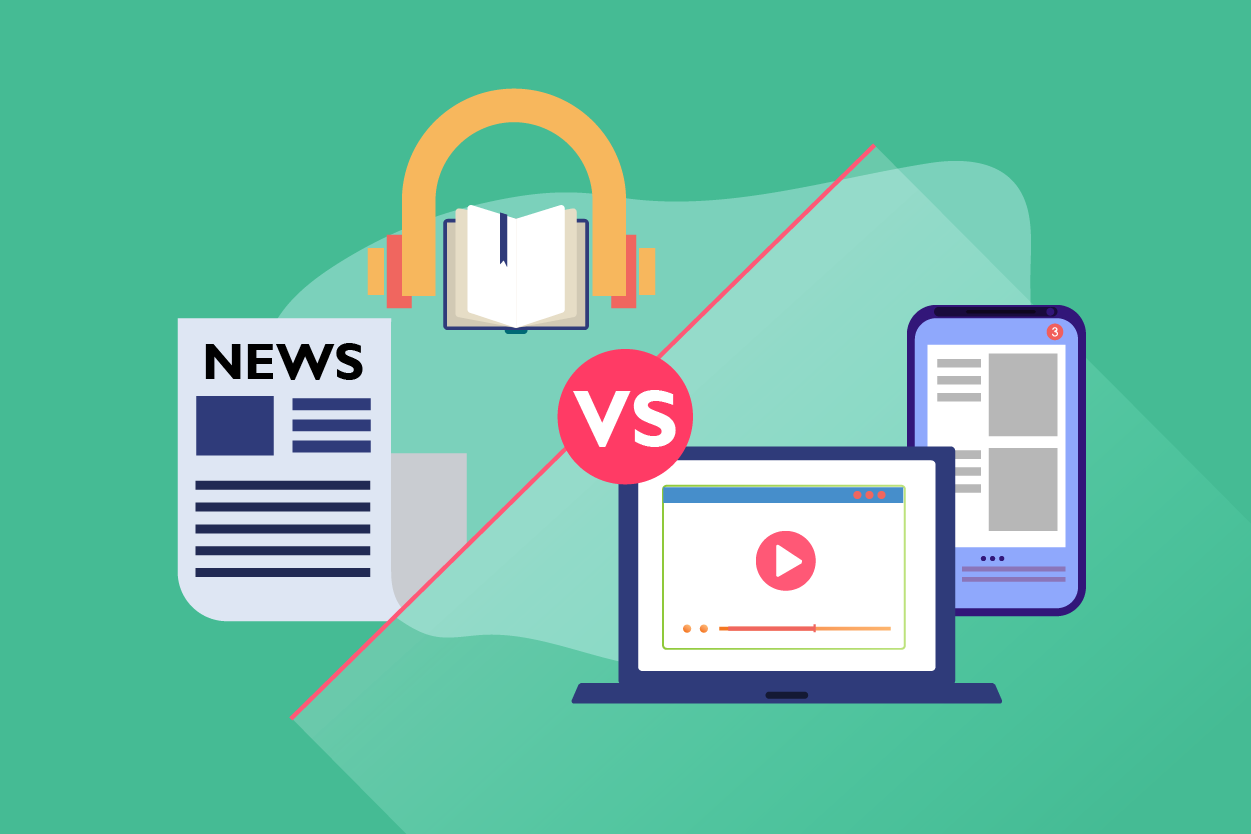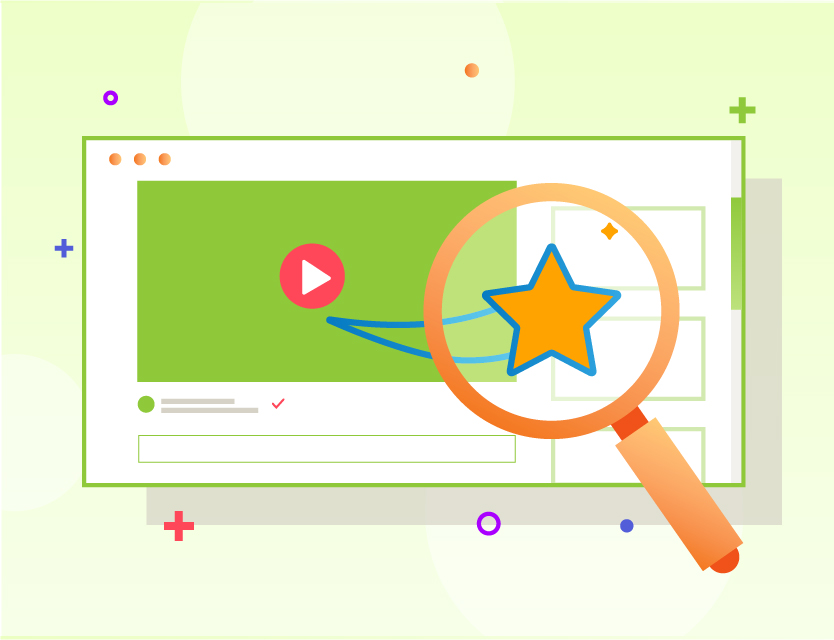

Personal media brands are taking over the industry

Will personal media brands spell the beginning of the end for traditional media hubs?
Today’s digital lifestyle has fragmented the old media landscape. Throw a pandemic into the mix and these changing patterns of consumption might just spell doom for traditional media giants.
Although almost every industry is currently facing layoffs due to COVID-19, journalism and mainstream media publications have been hit particularly hard. VICE Media announced it will layoff 155 employees, while 68 employees at the Atlantic just lost their jobs.
Despite increased audiences, it has become glaringly obvious that traditional media brands are floundering.

Changing consumption patterns
Once passive consumers, the audience now has more power than ever to choose what, when and how they want to consume media.
It’s unsurprising then that social media has become the main channel for people to obtain information. A report by Pew Research Center in 2019 revealed that 55% of US adults get their news from social media either “often” or “sometimes”.
This is especially so for the younger generations, who have different expectations towards the types of media that they want to consume. It’s not that they don’t care about the news, but rather, they just don’t see traditional media hubs as the best or only way for them to consume information.
“We know that Gen Z is not particularly interested in mainstream media, we know that they have what is known as an eight-second attention span. They are everywhere, and they have multiple screens on at once, but if they find something they like, then they zero in on that,” says media writer Stephen Brook, speaking to Click2View CEO Simon Kearney on The Content Show.

The desire for niche content
This is where personal media brands come into the picture.
More and more producers are branding themselves as the experts of an incredibly narrow topic. They create content in a niche with a specific group of obsessive followers — and position themselves as the “go-to guys” for everything that’s related. Just take a look at YouTuber Lachlan Power, who has managed to amass 13.2 million subscribers from uploading videos of him playing and exploring new features on Fortnite.
“It seems that more and more people are able to make a career and generate an income from being very specific. Lachlan is the Fortnite guy that you go to if you want that kind of information,” says Stephen.
It might sound crazy for traditional media hubs to engage in a practice like this, since their business model is centred around becoming a “one-stop hub” for all kinds of information from weather to sports. That’s where personal media brands have an advantage: they don’t need to be all-encompassing.
In fact, this has created space for a “middle-class” to emerge from the ashes of traditional media hubs — one that encompasses journalists who are carving new paths by developing niche newsletter content on platforms like Substack.
Making a living by writing targeted content for a smaller specific audience, outside of the looming shadows of a traditional media institution, puts the journalist in charge. The independent voice gets a chance to shine. Plus the margins are far better than a traditional media business.
The focus here is on the individual journalist and the much more intimate connection they form with their subscribers — a complete 180 to the dynamics of how traditional media companies are run.

Changing mediums of consumption
Multi-tasking culture is a hallmark of the modern world. At any point in time, you can have half a dozen or more tabs open on your computer, competing for your time and attention. That’s on top of the phone you hold on your hand that’s opened to your Instagram feed and the conversation you’re having in real life with your spouse.
People who are not big fans of reading may not be interested in reading a long-form article interview. However, they might be more inclined to listen to one — while they’re doing something else, of course. This is what makes less-traditional media forms like podcasts so attractive, because they’re easy to consume.
Personal media brands rely on the use of the “personality” to keep audiences engaged, and podcasts captivate because they’re driven by those personalities. One of the most popular podcasters in the world, Joe Rogan, interviewed Elon Musk on one of his episodes over a shared cannabis joint. You might not want to read an Elon Musk magazine feature, but you can’t deny that the podcast already sounds intriguing. And numbers don’t lie: Joe Rogan just inked a multi-year deal with Spotify that’s estimated to be worth more than $100 million.
On this, Sherry Wong from Next 10 Ventures believes that it’s an indication of how genuine opinions are valued by the audience. “Some of his viewers are upset it’s going to be different from what they are used to. It speaks a lot about the importance of an individual — like an indie podcaster artist— and their opinions and how there’s less of a filter. Whereas if you’re comparing it to more of a corporate podcast, the things you’re saying might be a little more controlled,” says Sherry in an interview with Click2View CEO Simon Kearney on The Content Show.
This authenticity that’s afforded by personal media brands is a quality that many audiences look for. ‘Some Good News’ is a Youtube series that was started by actor John Krasinski, with the aim of sharing “some good news” during the lockdown. The series, which also featured many of his celebrity pals, quickly went viral with viewers praising the authenticity of its low production values. It comes as no surprise then, when Krasinski revealed that he had sold the show to CBS amidst a ‘“massive bidding war”, backlash from his audience was swift — many of his fans accused him of “selling out” to a major TV network.
“The audience is worried that there will suddenly be this kind of corporate filter to it. I think that’s why people feel this sort of sense of betrayal is because they really connected with this person. There’s something about the behind-the-scenes, raw footage, or even people doing daily life videos — they like it because it’s very true and very genuine,” says Sherry.
Unlike traditional media brands that offer content that has already been polished, personal media brands have a bit more leeway to express their opinions, which gives rise to an authenticity that the audience appreciates.
Change has been a long time coming. With more room for a diverse range of media channels to emerge, traditional media titans might just face being eclipsed by personal media brands in this new modern media landscape.
Read more from Click2View:
- Just like personal brands, it’s the heart of a company that’s important in storytelling.
- Visuals are equally important. Check out the latest animation & motion graphics trends.
- Have you ever wondered why consistency is difficult to achieve when it comes to content?
Sign up to our newsletter for more.
Click2View is Southeast Asia’s premiere full-service independent B2B content marketing agency servicing clients like Microsoft, Google, Visa, Prudential, and the Lee Kuan Yew School of Public Policy.








